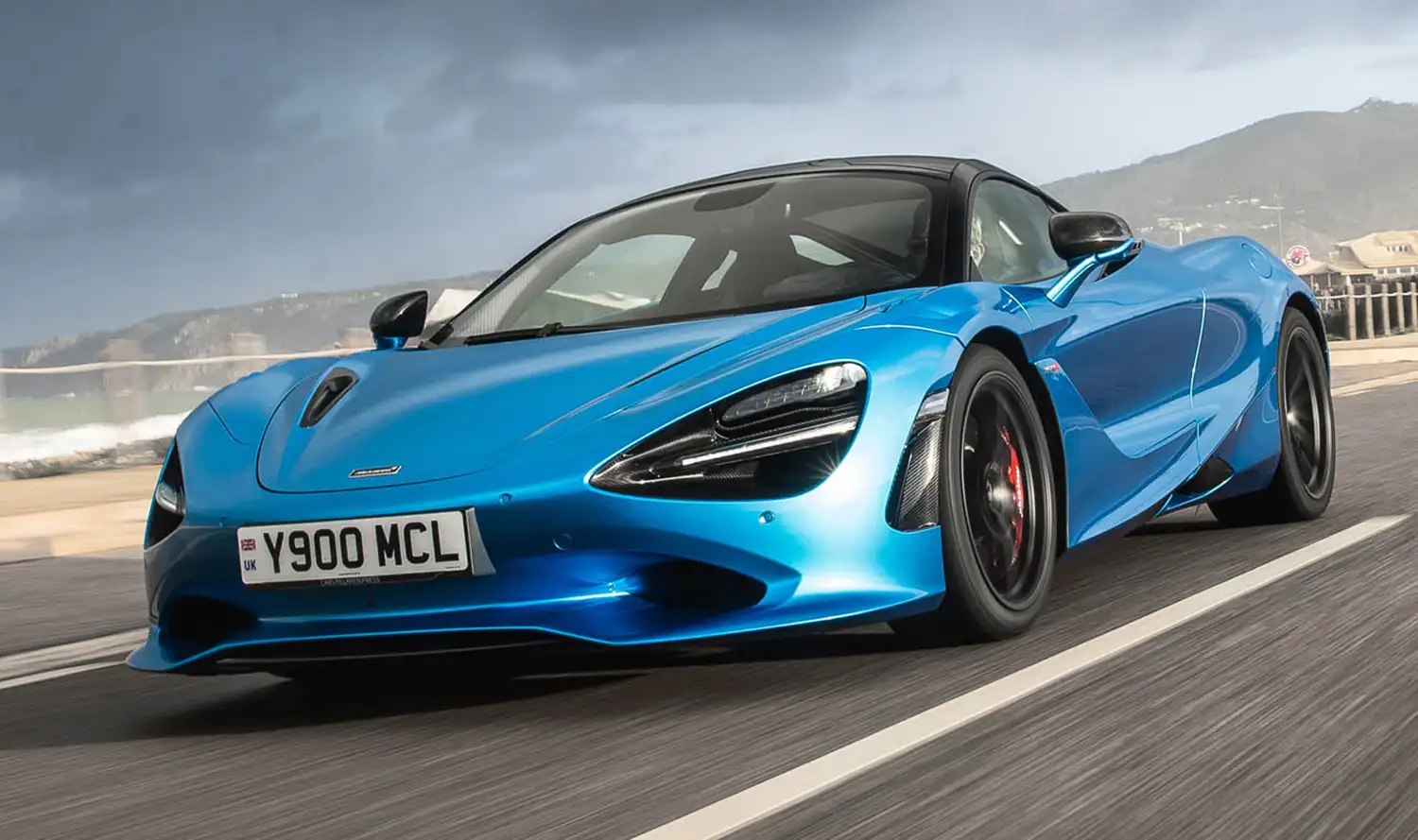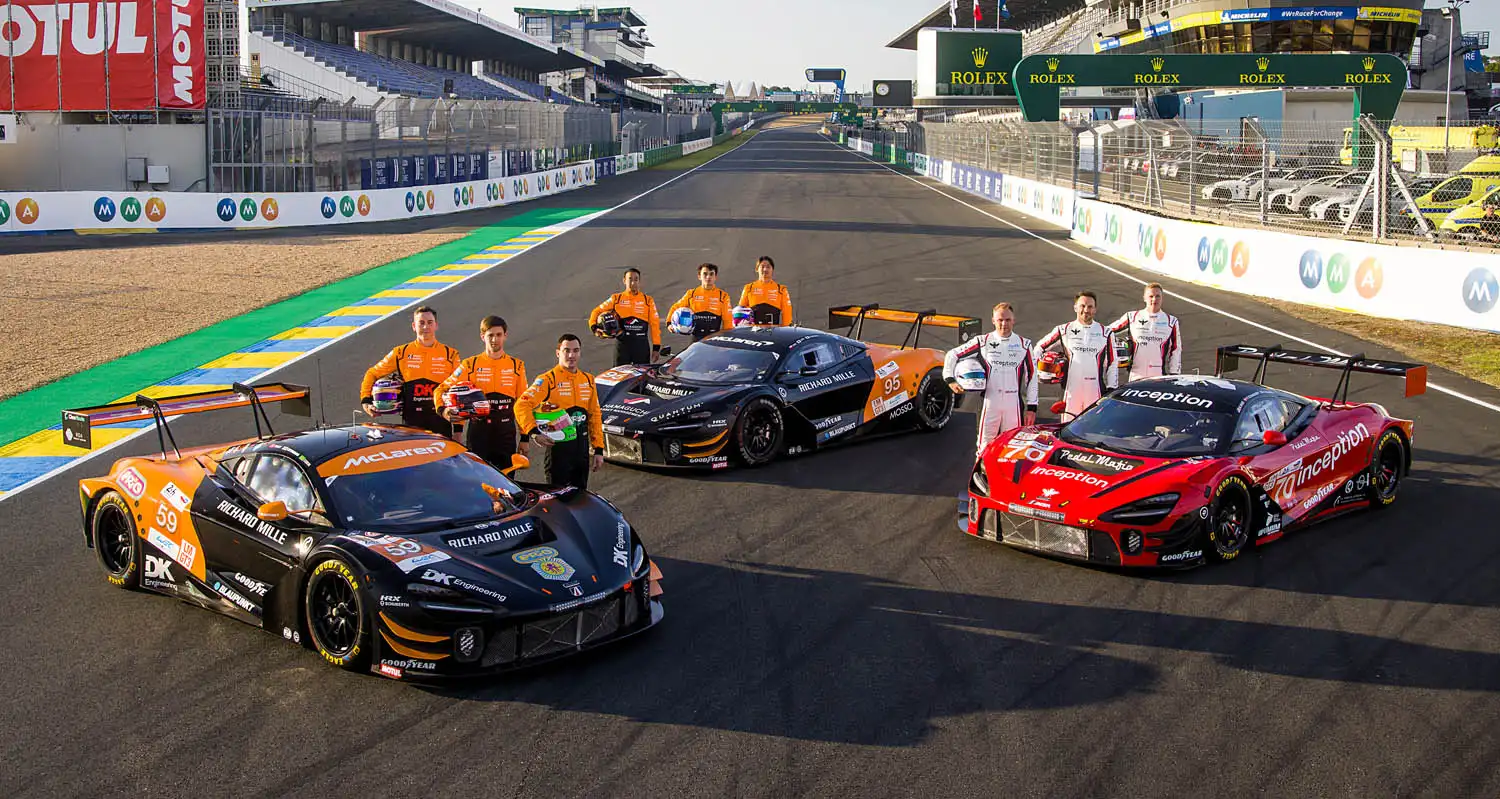
McLaren Automotive prepares for its first appearance in the 24 Hours of Le Mans, 26 years after the McLaren name was last represented on the grid at the iconic round-the-clock race. Three McLaren GT3 EVO cars are entered for the event, marking the first time that McLaren has been represented in all three ‘Triple Crown of Motorsport’ races – which also incorporates the Monaco Grand Prix and Indianapolis 500 – in the same season.
McLaren’s place in the history books was secured with a stunning Le Mans 24 Hour race debut win in 1995 with the McLaren F1 road car. The F1 GTR returned over the following three seasons, scoring a further win in the GT1 class – and second place overall – in 1997, by then in Longtail form. These successes were all the more remarkable given that the F1 was never designed to be a race car and in 1995 did not require extensive modification in order to be competitive.
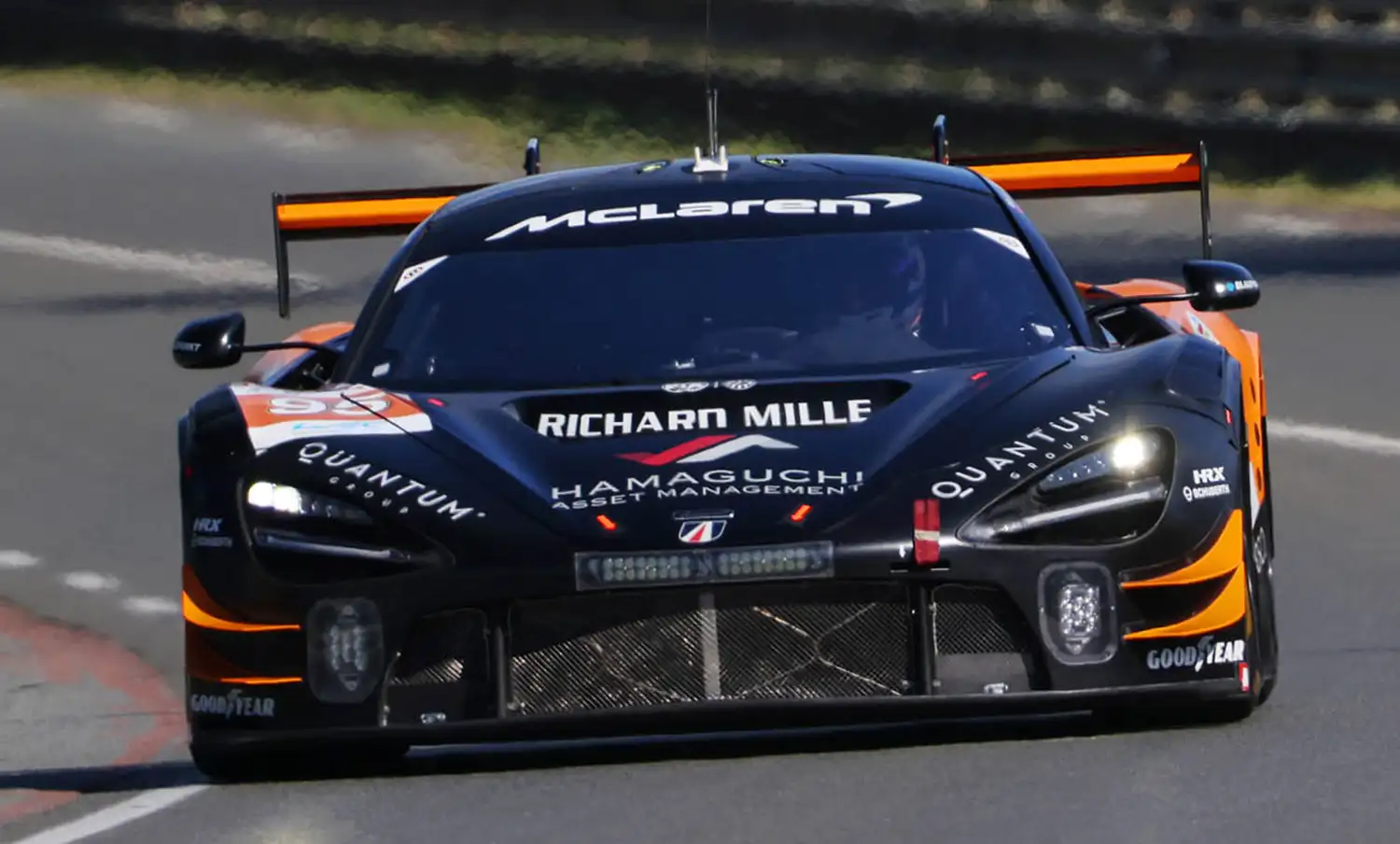
While elements of the McLaren GT3 EVO have been modified over the 750S road car to meet LMGT3 requirements, its design – inspired by racing – has ensured that many key similarities remain, just like its F1 GTR predecessor.
Chief among these is the chassis, which is built using an evolution of technologies first introduced in Formula 1 racing by McLaren and continued in its road cars, starting with the F1 30 years ago. The main monocoque, which forms the occupant cell, is the same carbon fibre Monocage II at the heart of the 750S and to which the front impact structure and rear frame – identical to the road car’s – is attached. The carbon fibre chassis is part of McLaren’s DNA and is chosen for its rigid, strong and lightweight construction. Its advantages are not just in the weight saving and superior dynamic performance essential to racing; it is an incredibly safe environment for the driver, especially in the high-speed wheel-to-wheel action often seen at Le Mans.

The chassis is just part of the driver-focussed environment that both McLaren’s road and race drivers share. McLaren racing drivers benefit from the same accurate and confidence-inspiring steering for which all McLaren Automotive products are renowned. The McLaren GT3 EVO uses the same steering rack and column as the 750S and is designed to directly translate the driver’s inputs into perfect track positioning.
The dynamic excellence of the McLaren GT3 EVO is matched by the same 4-litre twin-turbo V8 that powers the 750S, an engine originally designed for track as well as road performance. Using technologies born from the race track, including variable valve timing, dry-sump lubrication and lightweight, yet tough materials, the M840T is, however, more powerful in the 750S; GT racing rules dictate that the engine must run with restricted power in the McLaren GT3 EVO. Nevertheless, the drivers will benefit from its phenomenal power delivery and the inbuilt endurance demanded from an engine designed and tested to run at high performance for many thousands of miles between service intervals.
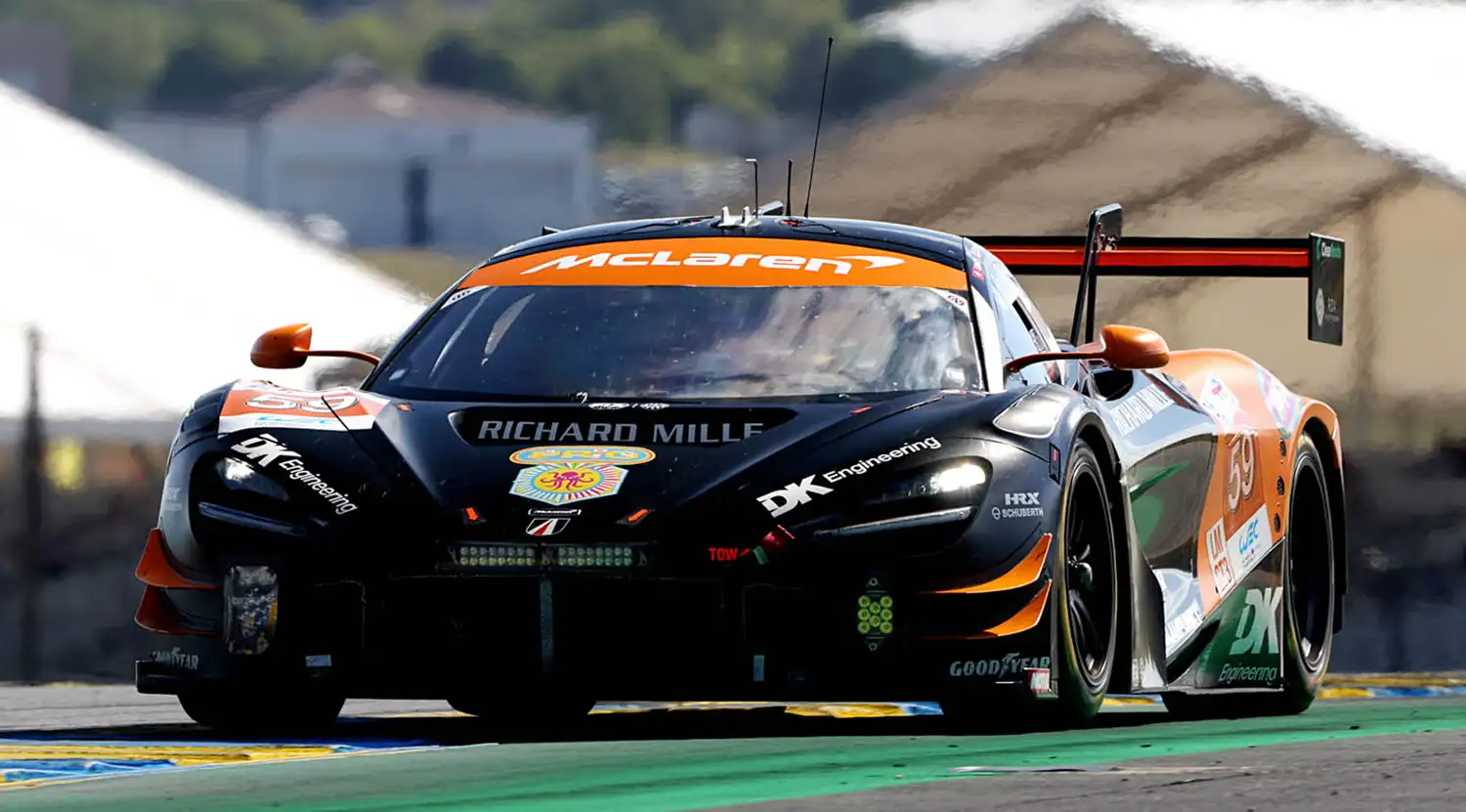
While there are many racing-related additions to the McLaren GT3 EVO including track-specific brakes, slick tyres and aerodynamic additions that are outlawed for road use, 750S owners also benefit from many features that are not permitted within the FIA World Endurance Championship (WEC) regulations that govern Le Mans entries. These include the active rear spoiler, adjustable modes for the powertrain and sophisticated Proactive Chassis Control III system – combinations of which can be set with a touch of the McLaren Control Launcher button – and the option of the Spider model with a retractable hard top that can be raised or lowered in just 11 seconds.
Two of the three McLaren GT3 EVO cars set to race at Le Mans are entered by WEC racing partner United Autosports. The 59 car – running the same race number as the 1995 race winning F1 GTR – will be driven by Briton James Cottingham, Brazilian Nicolas Costa and Swiss Grégoire Saucy. The crew of the sister 95 car will be Japanese drivers Hiroshi Hamaguchi and Marino Sato, plus Chilean Nicolas Pino. The return of McLaren to Le Mans follows an impressive performance by the 59 car at Spa-Francorchamps, where the team was in contention for the race win and led for many laps of the six-hour race.
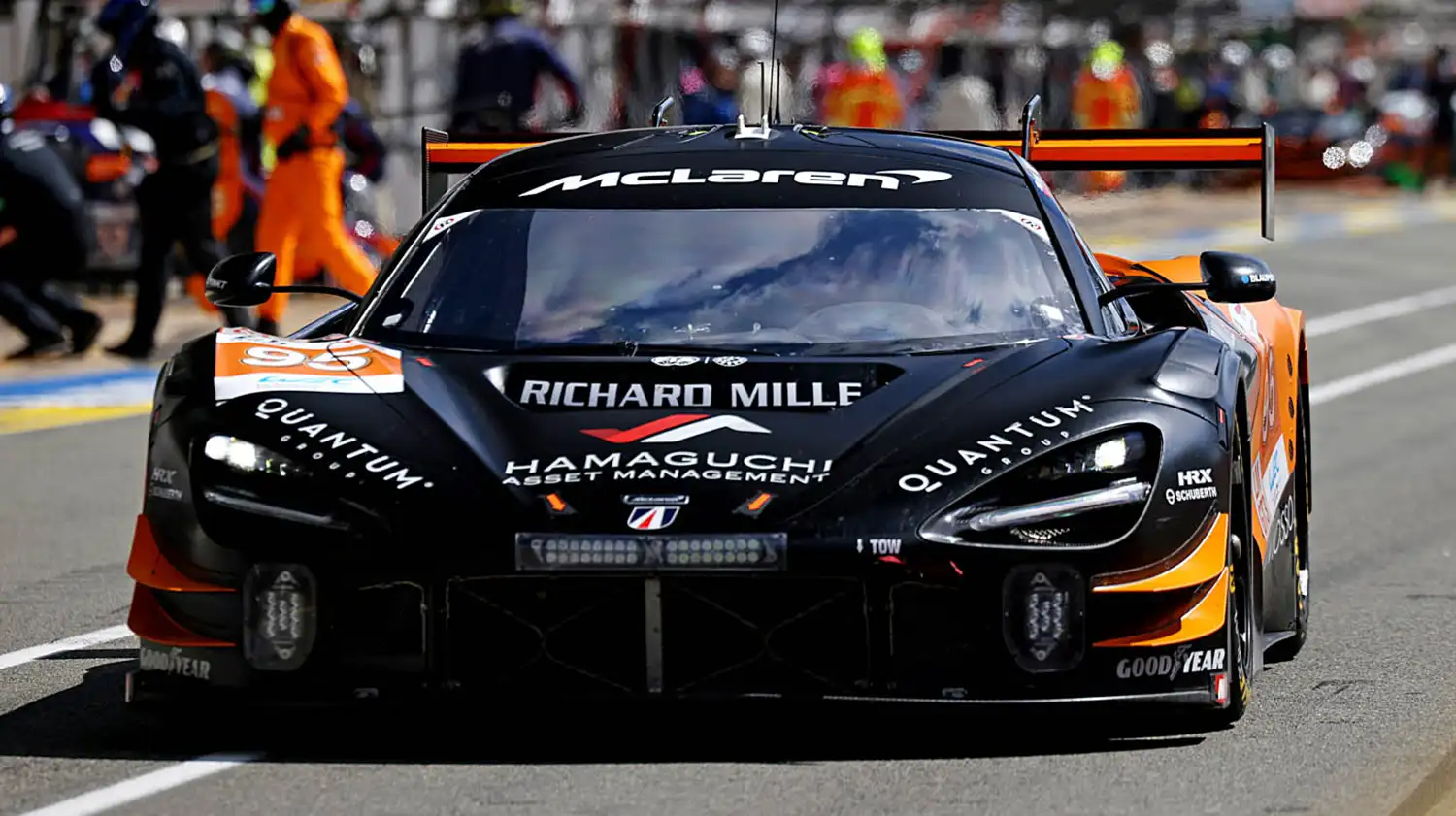
The third McLaren GT3 EVO will be prepared by Inception Racing, having been awarded a Le Mans entry following success for US racer Brendan Iribe in his home WeatherTech SportsCar Championship’s GTD class last year. For Iribe this will be the latest of many landmarks in his racing career, which began in 2019 with a series of impressive performances in the Pure McLaren GT Series, precursor to the McLaren Trophy championship. From there he has raced in several GT racing series around the world, claiming several championship wins along the way. While he has raced at Le Mans previously, this will be his first 24 Hours appearance with McLaren – realising a personal ambition – and he will be joined by Briton Ollie Millroy and Dane Frederik Schandorff.
“We are thrilled to be returning to Le Mans; the 24 Hours is an important part of McLaren history and the chance to compete again was a major incentive for racing in the World Endurance Championship. It is the ultimate demonstration of the performance and endurance of our cars.
I wish all our teams the best of luck and look forward to an exciting race.”
Michael Leiters, Chief Executive Office, McLaren Automotive

